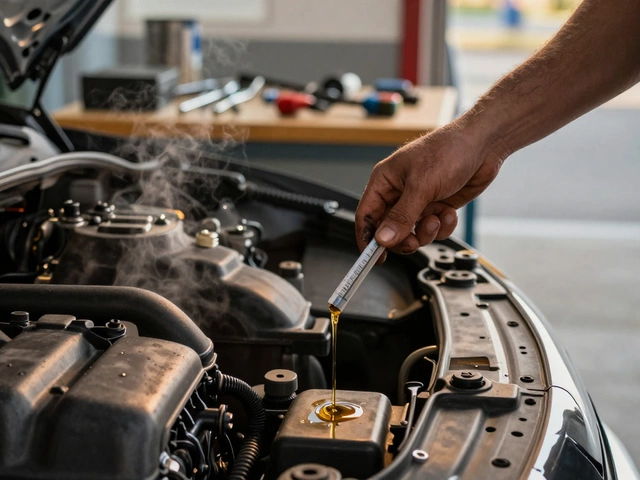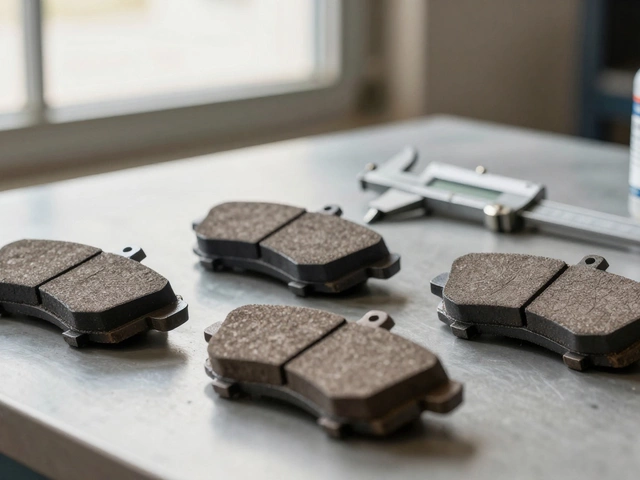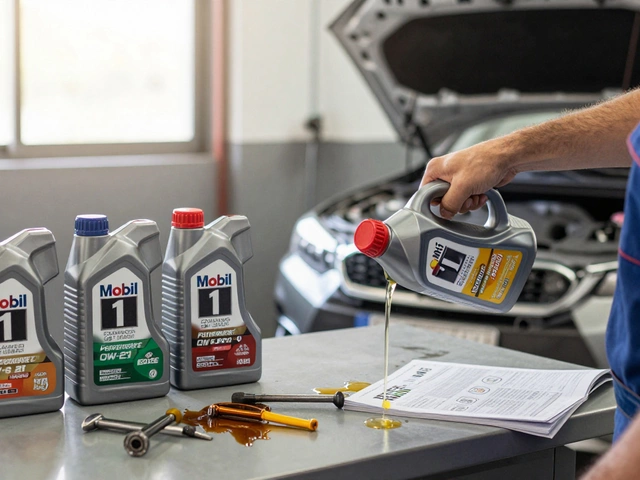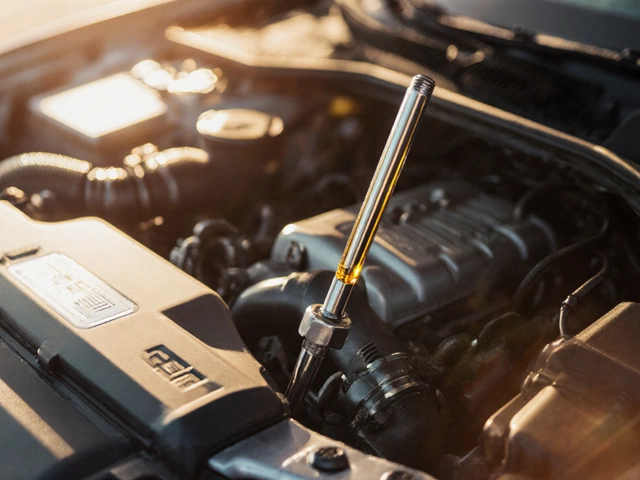Suspension Components Guide: Parts, Care, and DIY Fixes
When working with Suspension Components, the parts that connect your wheels to the chassis and control ride comfort and handling. Also known as suspension parts, they keep your car steady over bumps and help the tires stay in contact with the road.
Key Parts That Make Up a Suspension
Understanding suspension components starts with the basics: Shock Absorbers, hydraulic devices that dampen spring movement and prevent excessive bounce are the heart of the system. Springs, metal coils or leaf stacks that support vehicle weight and absorb road shocks work hand‑in‑hand with the shocks. An Anti‑Roll Bar, a torsion bar that links the left and right sides of the suspension to reduce body roll adds stability during cornering. Finally, Bushings, rubber or polyurethane inserts that isolate vibration and allow controlled movement glue everything together while cutting noise. Together these pieces form a network where "suspension components include shock absorbers, springs, anti‑roll bars, and bushings" – a clear example of how each element influences the overall ride.
Most drivers only notice suspension trouble when the car starts to sway, make clunking noises, or feel unusually harsh. Those symptoms usually point to worn shocks or broken bushings. Replacing a set of springs can restore lost height, while swapping an old anti‑roll bar can tighten up handling for sporty driving. The good news is that many of these swaps are DIY‑friendly with basic tools: a jack, jack stands, socket set, and a torque wrench. Before you start, always check the vehicle’s service manual for torque specs and safety tips. A quick visual inspection—looking for oil leaks on shock cylinders, cracked rubber on bushings, or sagging springs—can save hours of guesswork.
Knowing how each part works helps you decide what to fix first and how much you might spend. For instance, worn shock absorbers often cost less than a full spring replacement, but ignoring them can wear out the springs faster. Upgrading to performance bushings can give a tighter feel without a major overhaul. Below you’ll find articles that walk you through oil‑filled shocks, cheap ways to soften a stiff ride, how to spot common shock absorber wear, and step‑by‑step guides for front suspension replacement. Whether you’re after a smoother commute or a sharper turn‑in‑corner feel, the guides ahead will give you the know‑how to keep your suspension in top shape.
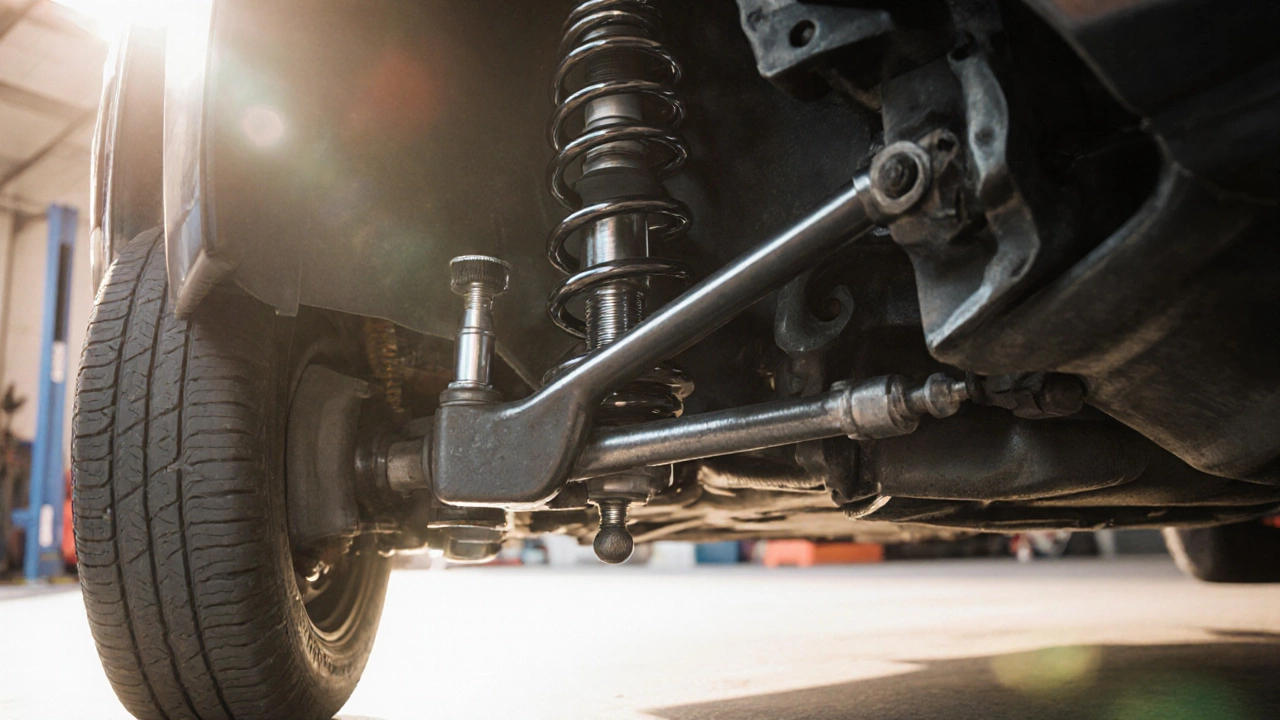
Suspension Components Explained: What’s Included in Your Car’s Suspension
Learn the key parts that make up a car's suspension, how they work together, common wear signs, and tips for choosing the right replacements.
CONTINUE READING